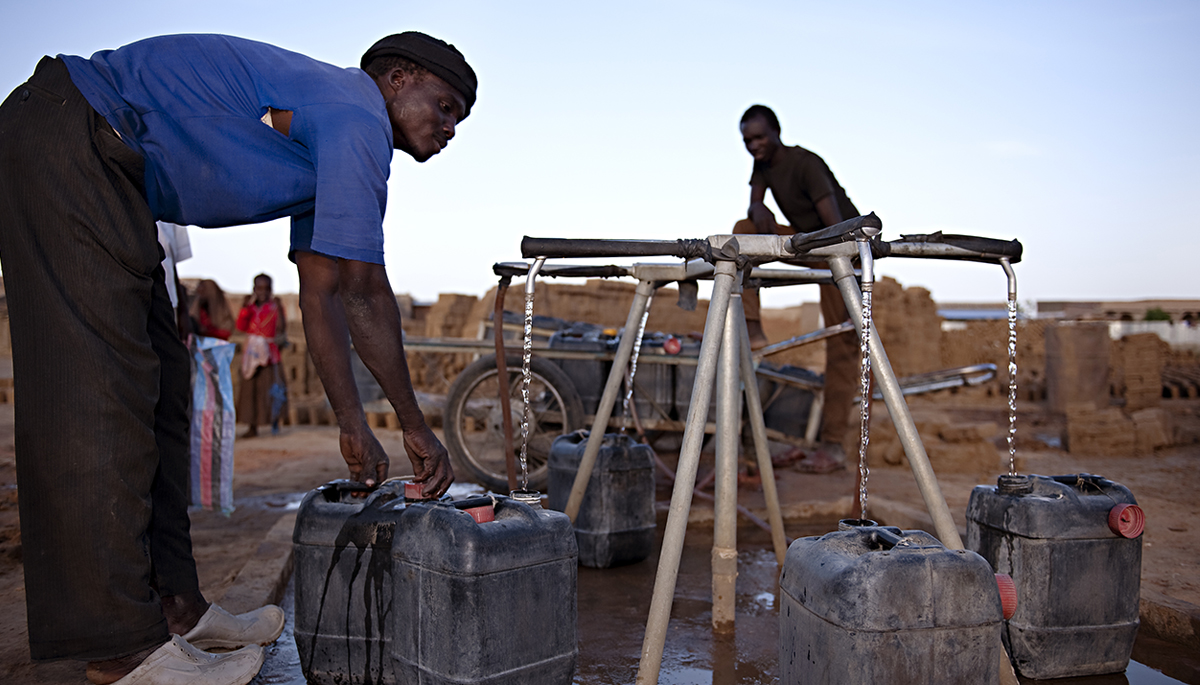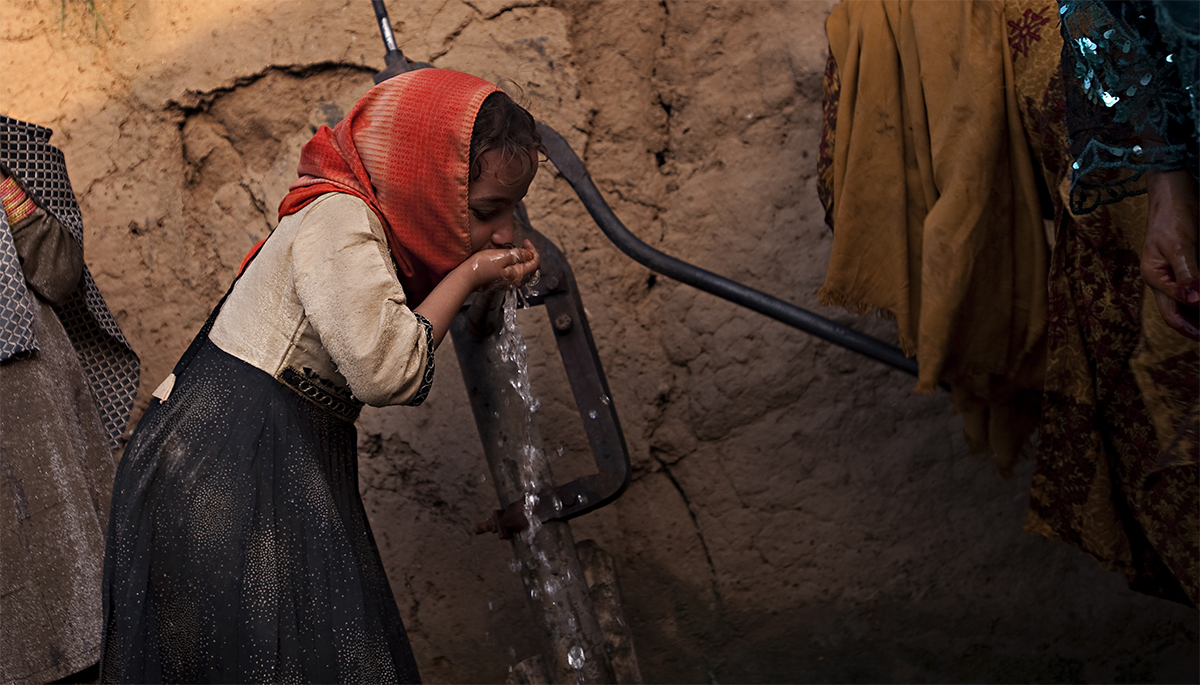The right to water and sanitation for all
“The right to safe and clean drinking water and sanitation […is] a human right that is essential for the full enjoyment of life and all human rights,” on par with the right to food or health. Despite the recognition of this right to water by the United Nations (UN) in July 2010 and the considerable progress that has been made, the situation remains deplorable: nearly 800 million people lack access to an improved water source1 and 2.5 billion do not have access to basic sanitation facilities, like toilets or latrines. 80% of the world population live in areas where water security is compromised and each year more than 1 million children die from diarrheal diseases linked to the poor water quality2 . A More effective management of water resources and sanitation services has significant impacts on development, notably in terms of health, agriculture and livestock farming.
The shortage of water and lack of basic sanitation are important barriers to the evolution of society and make poor populations even more vulnerable. In September 2015, during the 70th session of the United Nations General Assembly, the member-States agreed on a Programme for Sustainable Development and a set of 17 Goals to «to end poverty, protect the planet, and ensure prosperity for all by 2030». The 6th of these 17 Sustainable Development Goals (which replace the former Millenium Development Goals) is universal access to water and sanitation as well as a better managment of the water resources. It is a major political commitment which now need to be translated in real actions in all countries.
On-going projects aimed at overcoming water and sanitation problems
In Sub-Saharan Africa, poverty and lack of water go hand in hand. This part of the world
suffers from many problems linked to access to water and basic sanitation, which have a
major impact on the economy and on infant mortality.
Chad, with only 7% of its total population having access to
improved sanitation and just 30% of the rural population
enjoying access to drinking water3
, is a good example of
the harsh reality shared by many countries in the region.
Since 2008, Secours Islamique France (SIF) has developed
a programme called “hydraulic villagers”, which aims at
improving access to clean water and sanitation for the
settled and semi-nomadic populations in central Chad.
Over 300 wells have been dug and have enabled more than
150 000 beneficiaries access to safe drinking water. Their
installation was carried out in partnership with Unicef4
, AFD
(Agence Française de Développement) and the Regional
Council of Île-de-France.
SIF’s intervention in Pakistan following the 2010 floods faced serious problems in terms of sanitation facilities and water quality. In partnership with the French Ministry of Foreign Affairs, the teams on the field implemented a programme to improve sanitation in the Swat Valley, with the aim of providing access to drinking water and sanitation for some 50,000 people, and to educate the local population on hygiene in order to prevent the spread of water-borne diseases.

Needs vary from country to country. In the countries most heavily affected by water scarcity, SIF has built wells, water pumps and piping... In countries where water is more accessible but of poor quality, programmes focus instead on treating wastewater, installing latrines, controlling the quality of water or cleaning polluted water.
[1] An improved drinking-water source is defined as one that, by nature of its construction or through active intervention, is likely to be protected from contamination (and thus to be of drinking quality).
[2] Source: Chad, 2010, Regional MDG Report (in French) République du Tchad, 2010, « Rapport Décennal sur la mise en oeuvre des Objectifs du Millénaire pour le Développement », http://www.undp.org/
[3] Source: Chad Report from Secours Islamique France ; in French : Rapport Tchad, « Au plus près des exclus de l’accès à l’eau », Secours Islamique France.
[4] Unicef: United Nations Children’s Funds

